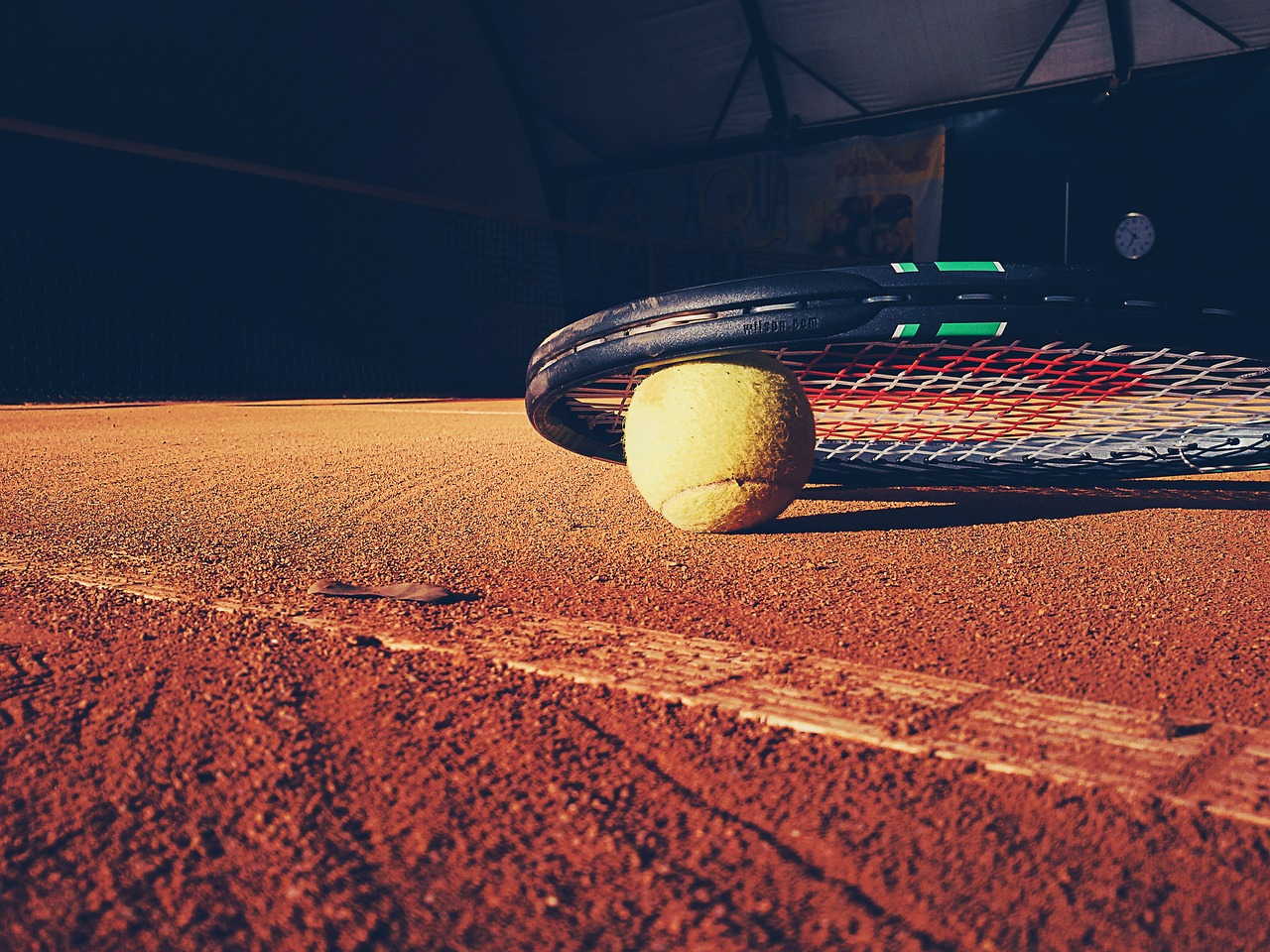Tennis, as with any sport, constantly evolves, with players adapting and innovating techniques to gain an edge over their opponents. One such evolution in the game of tennis is the prevalence and effectiveness of the two-handed backhand.
In this article, we’ll look into the evolution of the two-handed backhand, compare its advantages and disadvantages to the traditional one-handed technique, explore who utilises it in modern tennis, and highlight some of the best two-handed stars in the game.
The Origins of the Two-Handed Backhand
The origins of the two-handed backhand in tennis trace back to the early 20th century, with some historical accounts suggesting that Australian players Vivian McGrath and John Bromwich were among the first to adopt this technique in the 1930s. Both were pioneers of their time, experimenting with different grip styles and stroke mechanics to enhance their gameplay.
While the two-handed backhand remained a relatively uncommon sight in the tennis world for several decades, it gradually gained traction, namely in the 1970’s, as players recognised its potential advantages in generating power and control over the ball.
The Evolution of the Two-Handed Backhand
Vivian McGrath and John Bromwich are credited as early adopters of the two-handed backhand swing in tennis. However, it wasn’t until four decades later that this technique gained widespread popularity in the game. Players such as Chris Evert, Bjorn Borg, and Jimmy Connors played pivotal roles in popularising the two-handed backhand, demonstrating its effectiveness at the highest echelons of the sport.
Their success with the technique highlighted its advantages in terms of power, control, and versatility on the court, inspiring countless players to incorporate it into their own game. As a result, the two-handed backhand evolved from a relatively rare sight to a staple technique utilised by players of all levels across the tennis landscape.
Bjorn Borg’s revolutionary use of the two-handed backhand transformed the way players approached baseline rallies. His ability to generate topspin and control the pace of play with his double-handed stroke revolutionised the sport, influencing countless players to emulate his technique.
As the years progressed, the two-handed backhand continued to evolve, with players refining and innovating upon its fundamental principles. Innovators like Andre Agassi and Monica Seles introduced variations of the two-handed backhand. Today, the two-handed backhand stands as a cornerstone of modern tennis technique, utilised by players of all levels and playing styles.
One-Hand vs Two-Hand
The debate between one-handed and two-handed backhands remains a topic of interest among tennis enthusiasts. Each technique has its own set of advantages and disadvantages. The one-handed backhand, often lauded for its elegance and versatility, allows for greater reach and variety in shot selection.
Players like Roger Federer and Stan Wawrinka exemplify the beauty and effectiveness of the one-handed backhand. Federer, in particular, has mastered the artistry of the one-handed backhand, often using it to produce breathtaking winners and dictate play from the baseline. Similarly, Wawrinka’s powerful and precise one-handed backhand has been a potent weapon throughout his career.
Players looking for more stability and control, especially with low balls or when looking to generate topspin, generally opt for a two-handed backhand. It’s favoured by players with less natural strength, as the off-hand helps generate additional power.
Novak Djokovic and Naomi Osaka are prime examples of players who utilise the two-handed backhand to great effect. Other notable two-handed backhand specialists include Simona Halep, Daniil Medvedev, and Aryna Sabalenka, all of whom have achieved significant success on the professional circuit.

